Surprisingly lightweight and responsive for its size, this unique Kriegsmesser was called the “Stabby Kriegsmesser” by Ádám for obvious reasons. As stabby as it surely is and well-inclined to decisive thrusts, the blade is no slouch to cutting and slashing. This unique Kriegsmesser with a lot of chracter is further dignified with a wood-core scabbard by András Mezősi which is complete with slotted byknives of equally fine craftsmanship.Included is a signed Certificate from bladesmith and artisan Ádám Bodorics which details his though process when creating this piece. Read on to see his thoughts for this sword in his own words:
It’s a light and thrust-oriented Kriegsmesser based on Dürer’s Martyrdom of Saint Catherine. I interpreted the source image as showing a left-handed piece swinging a bit around on the belt, with a relatively small, circular Nagel, then did it as a right-handed version.
The blade is 80crv2 heat-treated to 56-58 HrC and has a subtle hollow grind with a rather narrow bevel. The tang is tapered to keep the weight low. The pommel cap is brazed on. The cross is slid down along the blade. Unlike a lot of the stuff we and I make I didn’t stake the cross around the blade nor did I peen the shoulders, as I wanted the base of the cross as clean as I could get it (also, antique pieces seem to care much less than us about securing the cross).
The grip panels are made from some hand-picked walnut (juglans regia) and are affixed by gluing and peened tubular rivets. The scabbard has a wooden core, wrapped in linen and covered in leather. As I couldn’t see any kind of suspension on the source image, I opted for the most common solution. A leather cord acts as a loop with a belt passing through it, allowing for a completely flexible vertical suspension.
The hand-forged bypieces are also made from 80crv2. The byknife has a mild steel tang forge-welded into the bolster. Both have a grip construction seen on multiple originals with part of the grip having a full-
width tang, followed by a hidden tang portion. The wood is the same as on the main piece. In fact it’s from the same walnut plank cut about 50mm from where the Kriegsmesser’s panels were cut. The full and
hidden tang parts (or the grip and the pommel) are separated by a brass spacer and both terminate in a brass pommel-plate over which the tang is peened. As both pieces are relatively large, I made the sides contacting the scabbard flat to decrease their protrusion from the plane of the scabbard.
The belt has a buckle fabricated from brass, based on a surviving drawing from about half a century later than Dürer’s woodcut. It’s simplified a bit as the original drawing was for an absolutely over-the-top
mannerist suspension. – Ádám Bodorics


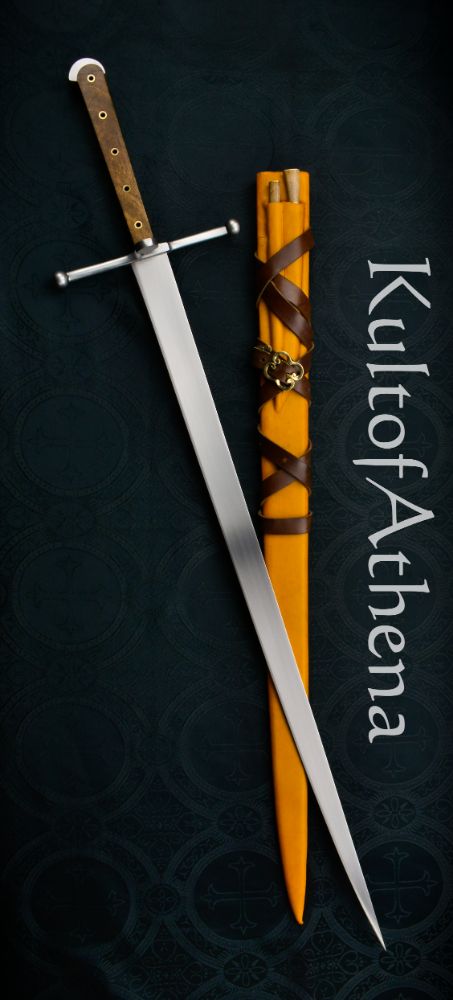
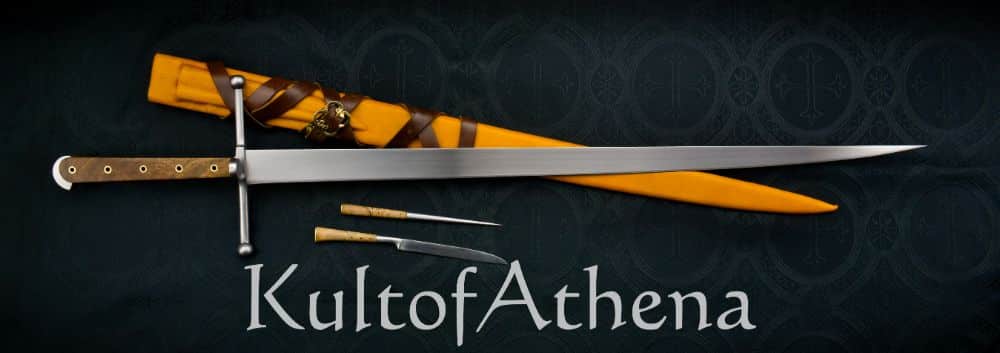
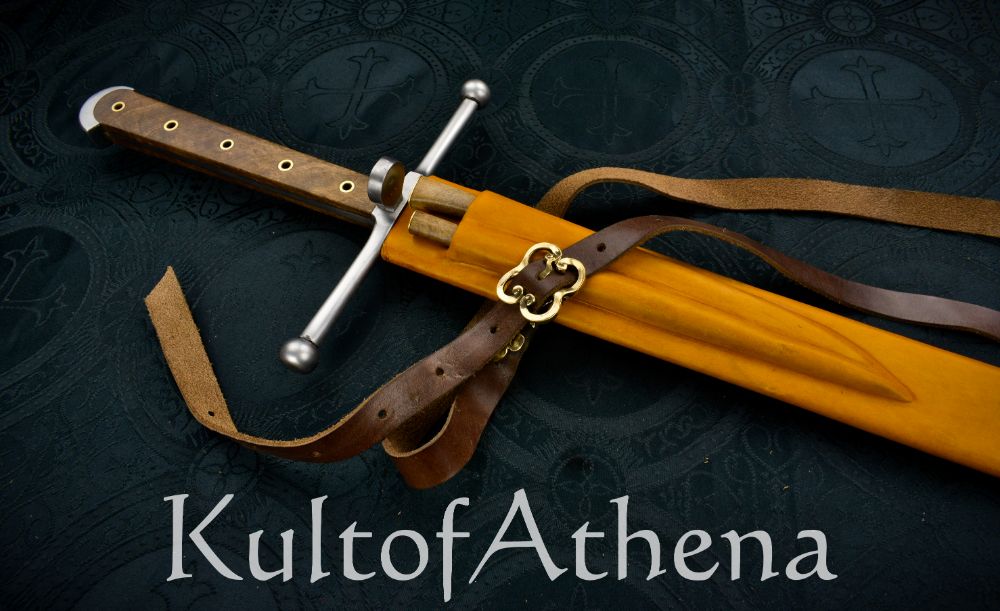

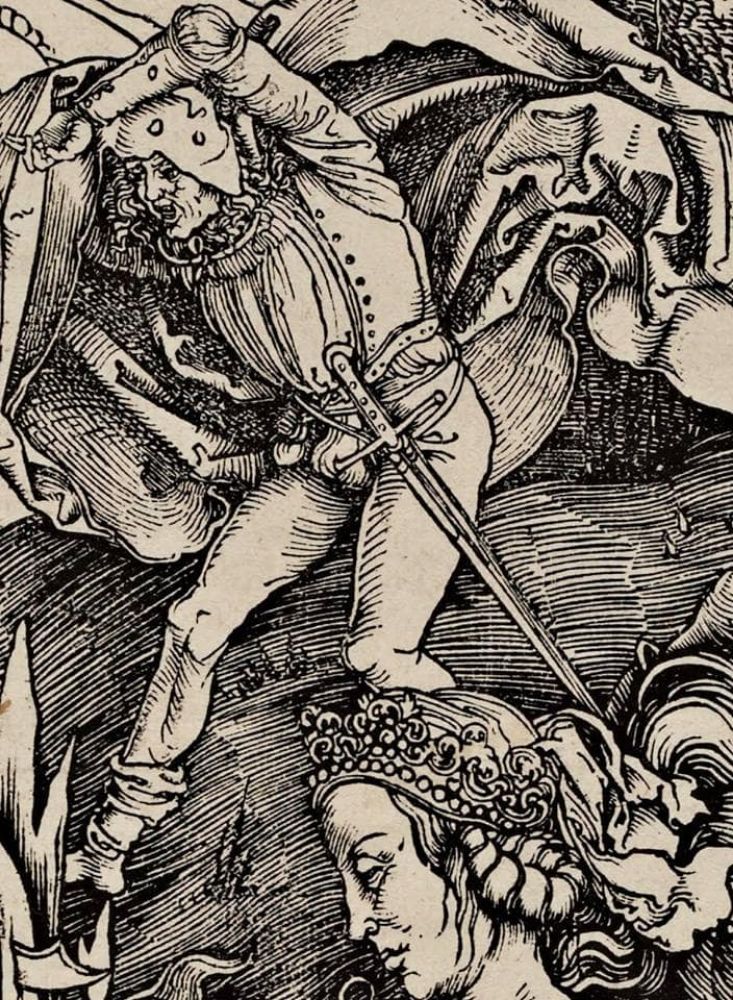
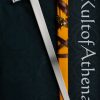

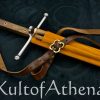

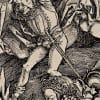
Reviews
There are no reviews yet.